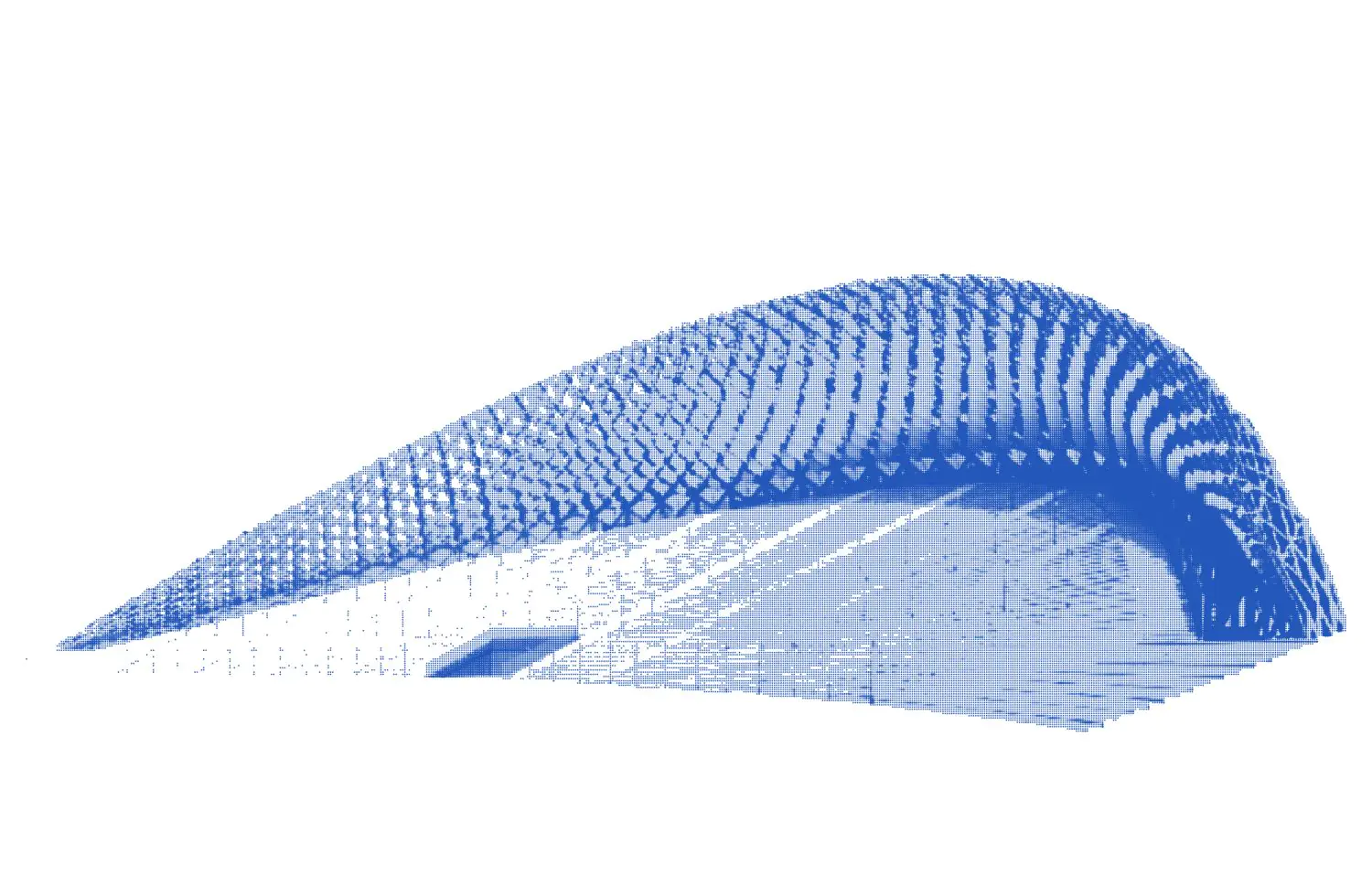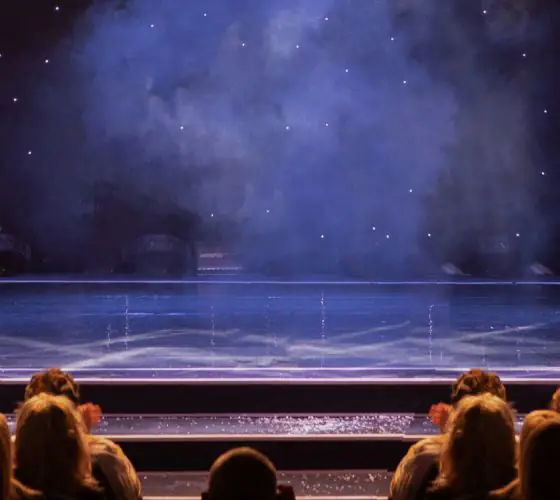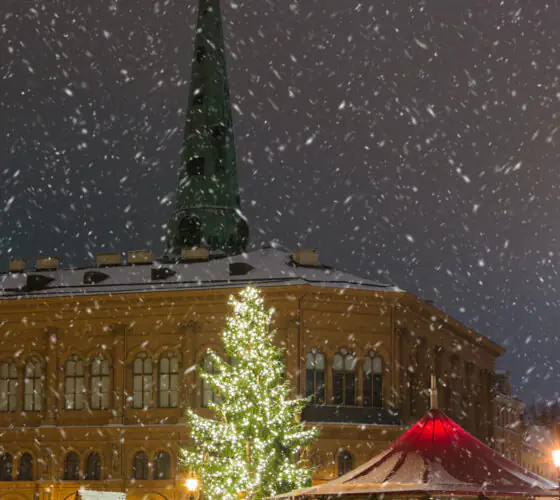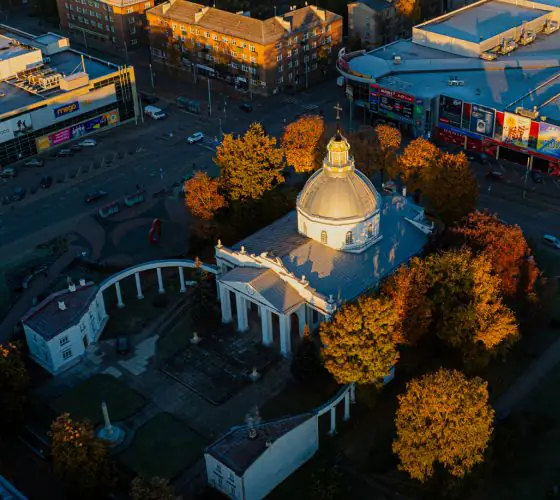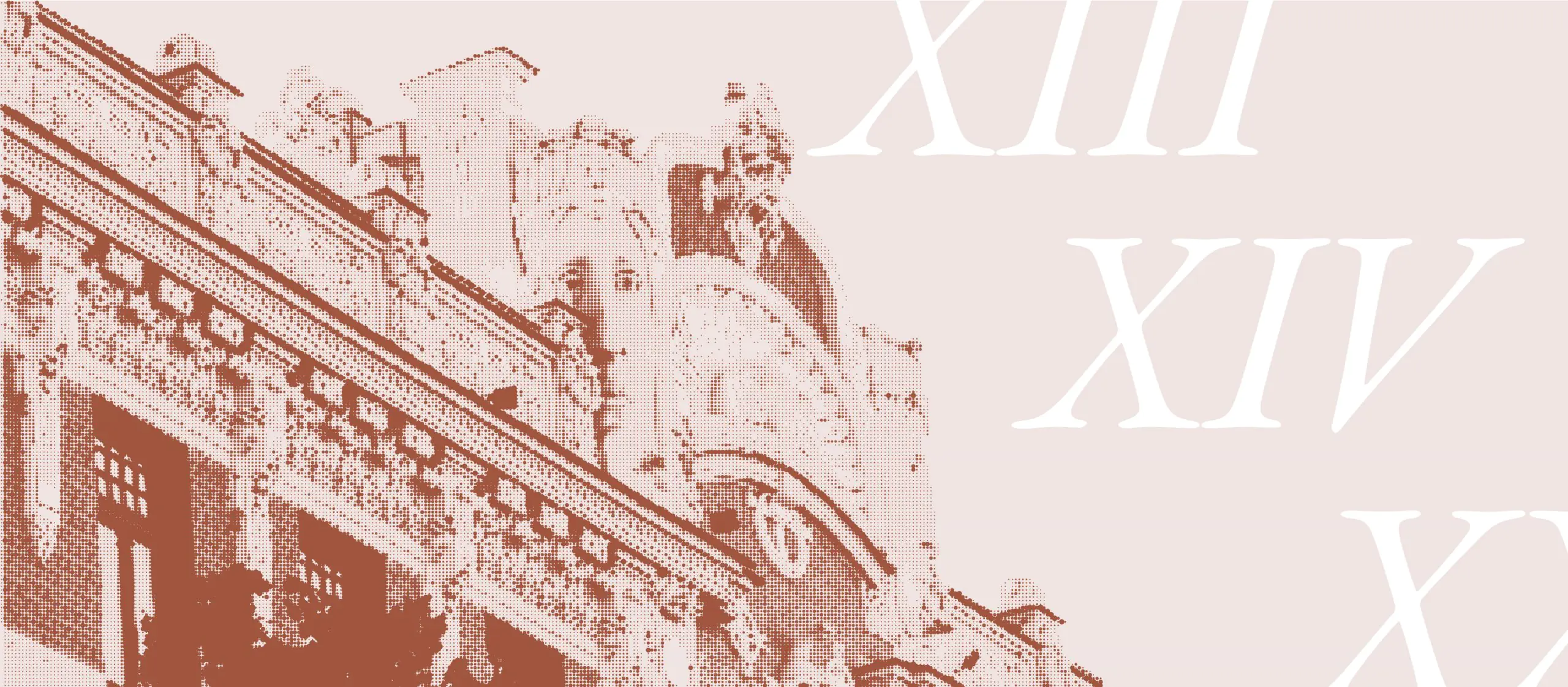
“Bishop Berthold began to build Riga like a man who wanted very much to stay there”
An excerpt from the The Livonian Rhymed Chronicle
Century 13
St. Peter’s Church
St. Peter’s Church is one of the oldest churches in the Baltics. Riga was officially founded in 1201, but the church was first mentioned in documents already in 1209. It was built as a Romanesque building, then expanded with Gothic elements, but in the 17th century was significantly rebuilt in the Baroque style. As you get closer to the church, you can see many allegorical figures that adorn it: among them are faith, love, and trust, virtues that are said to hold the city together.
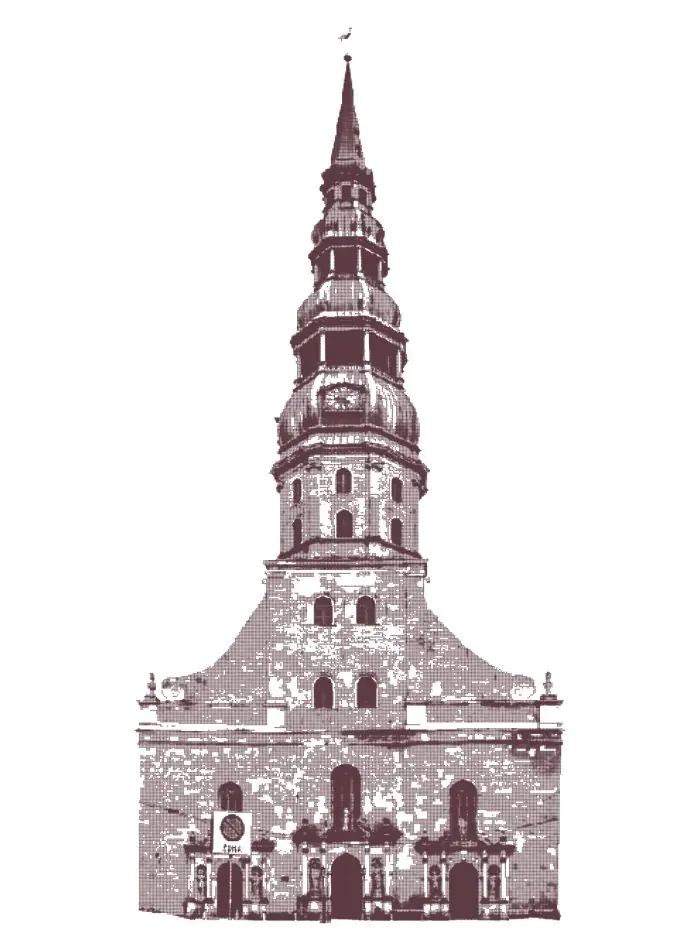
Century 14
House of the Blackheads
Walls lined with red brick and rusticated panels, lots of stucco and sculptures — few would argue that the House of the Blackheads is the most beautiful decoration of the Riga Town Square. The building was first mentioned in the 14th century, but was completely destroyed during World War II. What we see now is a (masterful) reconstruction finished in 1999. The restoration was carried out with great care for the historical significance of the building, so even now the House of the Blackheads remains a striking example of the early Baroque architecture, the style in which it was built more than seven centuries ago.
“If I am destroyed, I will rise again” — reads the inscription on the facade of the building.
Century 15
White Brother
The White Brother or a Baker’s House is the oldest house in the famous Three Brothers complex. It is the oldest surviving stone house in Riga and an excellent example of the combination of Dutch Renaissance with Gothic elements. It is said that it was in this house that the first confectionery shop in Riga opened in the 18th century.
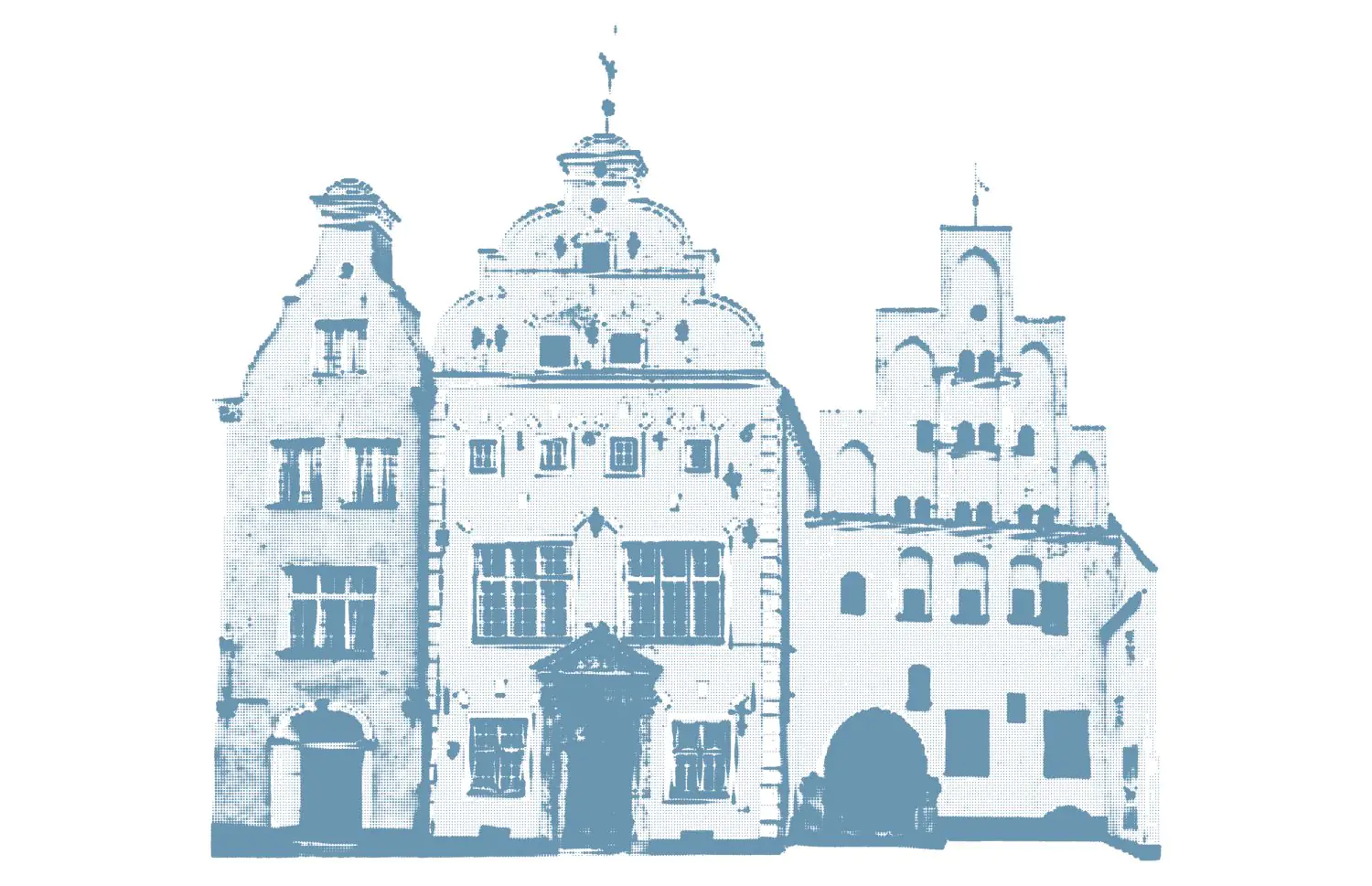
Century 16
Ekka Convent (Ekes konvents)
Medieval Riga grew and expanded, attracting more and more travelers from other regions of Latvia. In 1493, by order of the Riga burgomasters, a new three-story building, covered with a high tiled roof, was built on Skarņu Street. In the Medieval time it was a place of refuge for travelers, something like a hotel in our understanding. Interestingly, contrary to the traditions of that time, the building was built not across, but along the street. From 1592, there was a shelter for widows (convent) of guild members. Hence the name.
Century 17
Mentzendorff House
The Mentzendorff House was built in 1695 and is now the most striking example of residential architecture in the 17th-18th centuries’ Riga. Almost until the middle of the 20th century, the building remained a residential building with storage facilities and a store. It also housed the second oldest pharmacy in Riga and, according to legend, it was here that Abraham Kunze came with an idea of the legendary “Riga Balsam”.
In June 1941, the surrounding buildings suffered greatly when a shell hit and the tower of St. Peter’s Church collapsed. As it fell, it damaged many buildings around it, but the Menzendorff House miraculously survived. Today, it is not just an architectural monument, but a true keeper of the city’s history, in which legends and facts are intertwined as closely as the bricks in its walls.
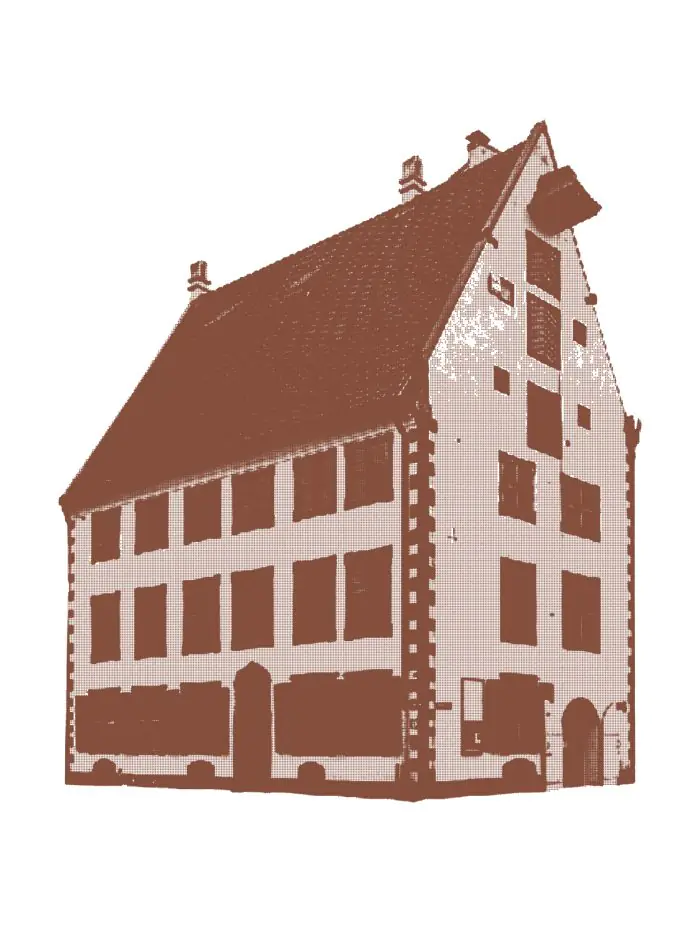
Century 18
Residential building on Ogles Street 6
Compared to other European countries, Latvia is one of the richest in terms of preserved wooden architecture. Almost completely abandoned for mass construction, wood was actively used in many European countries until the 18th century; in forest-rich Latvia, wooden construction developed especially actively and was popular until World War II.
One of the oldest preserved wooden houses in Riga is located in Kipsala, a place that has long served as a place of residence for Riga fishermen. This one-story house with a Dutch half-hip roof and covered tiles was marked on the city map as early as 1790.
“If the quaint Art Nouveau style is Riga’s salt, then what are its little wooden houses? Maybe it’s the pepper that spices up the space, gives a glimpse to the city and compares different principles of urban environment creation.”
Pēteris Blums, an architect and a leading researcher of wooden architecture in Latvia.
Century 19
Latvian National Opera
When it opened in 1863, the Latvian National Opera was the first monumental, free-standing public building in Riga, and a symbol of a new era in the city’s aspirations for European standards of culture and architecture: the interior of the large hall with a wide stalls, balconies and a stage with a ceremonial portal was, for instance, inspired by Italy’s famous La Scala.
Despite the fire and significant reconstructions, the opera and ballet building has remained one of Riga’s key landmarks, embodying the continuity of cultural traditions and the connection between the past and the present.
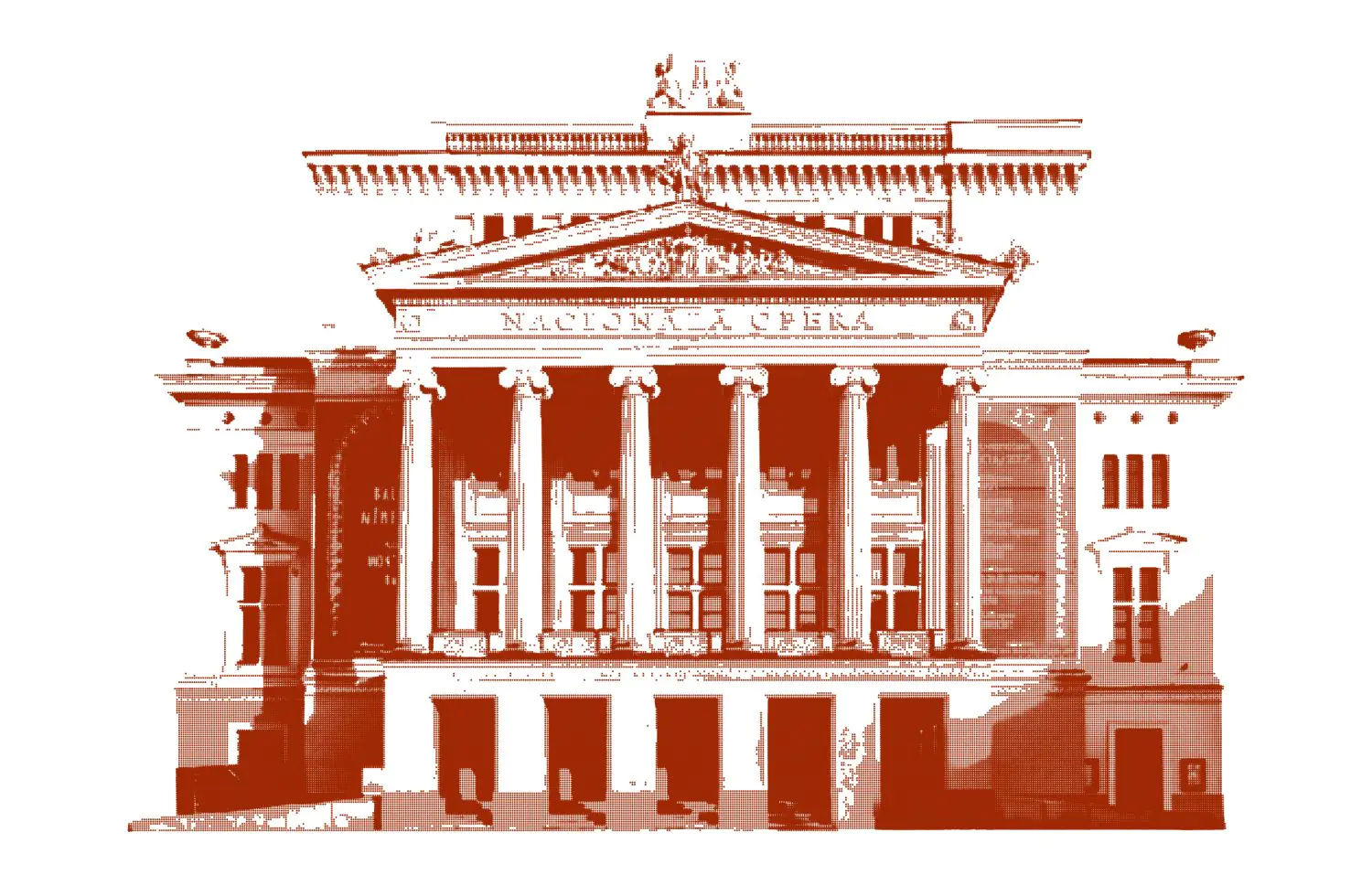
Century 20
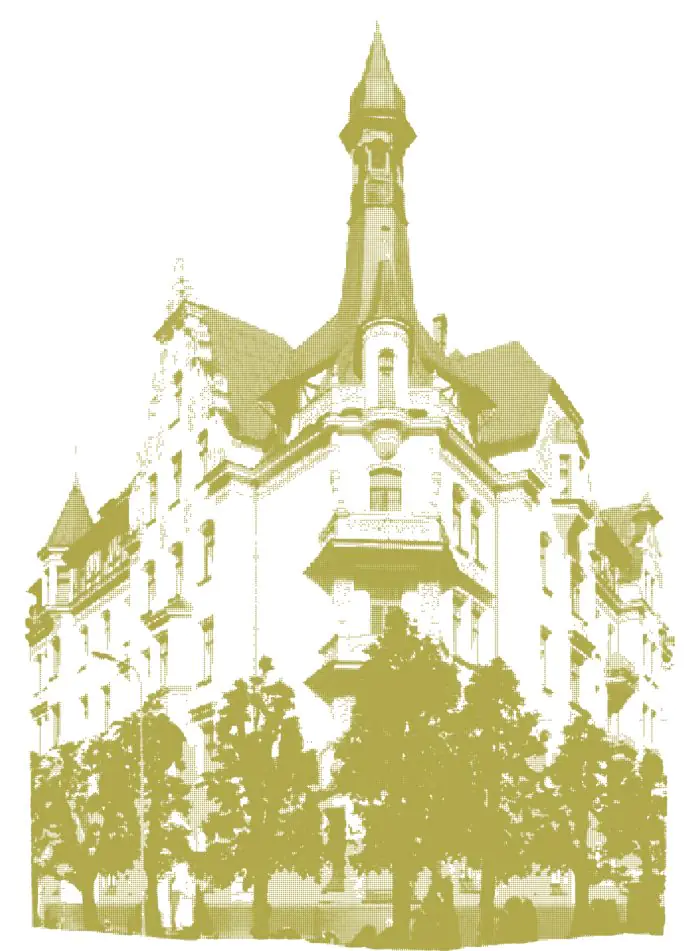
Riga Art Nouveau Museum
With its colorful facades, elegant floral designs and playful geometric patterns, Riga became the “Mecca of Art Nouveau” in the late 19th and early 20th centuries. Today, more than 50 Art Nouveau buildings in the city are considered the most important architectural monuments. One of them is the house on Alberta Street 12, which has been operating as an Art Nouveau museum since 2009. Here you can trace the history of the style’s development, adore interiors and design objects typical to the 20th century Riga, and feel the atmosphere of the era when the city was experiencing its true architectural heyday.
Century 21
Mežaparks Great Bandstand
The history of the Mežaparks Great Bandstand began during the Soviet occupation. The first project in the Stalinist neoclassical style was completed for the 12th Song Festival in 1955, then the stage underwent several major renovations, and in 2016 architects Juris Poga and Austris Mailītis began their new big project. The rounded shape of the Great Bandstand is “the cradle of songs, a symbol of the beginning and light.” Poga and Mailītis divided this concept into five symbolic parts: “Mountain”, “Tree”, “Grove”, “Leaves” and “Crown” (read more about this in our article).
Pride, joy, and happiness. These are the impressions of those who attended the Great Bandstand’s grand opening in June 2020. Let Riga enter its 825th year with this motto!
